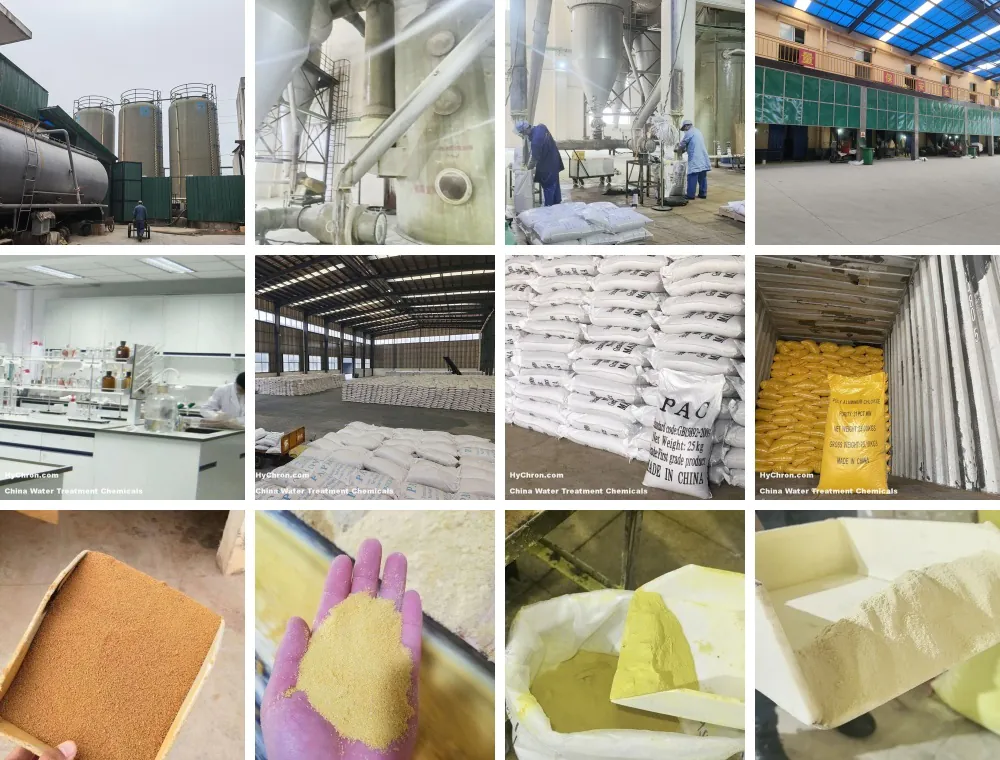In water and wastewater treatment, effective coagulation is essential for removing impurities. One of the most efficient chemicals for this task is Polyaluminum Chloride (PAC). This versatile coagulant is known for its high performance across various pH and temperature ranges, making it ideal for both potable and wastewater treatment.
Polyaluminum Chloride (PAC) is a high-performance coagulant widely used in both potable and wastewater treatment processes. It excels in removing suspended solids, turbidity, and organic matter, providing excellent coagulation efficiency. PAC is favored due to its wide application range, effective pH compatibility, and high temperature tolerance compared to other coagulants. This makes it one of the most reliable solutions for efficient water purification across diverse water treatment systems.

Now that we understand the role of PAC in water treatment, let’s dive deeper into its applications, dosing strategies, and the benefits it offers to the industry.
What is PAC used for in water treatment?
Polyaluminum Chloride (PAC) is primarily used in water treatment as a coagulant. When added to water, PAC neutralizes the charge on suspended particles, allowing them to aggregate and form larger particles (called flocs), which can then be removed more easily. This process is essential for removing turbidity, organic matter, and other contaminants from both potable and wastewater systems. PAC is particularly valued for its high coagulation efficiency and effectiveness in varying temperature and pH conditions, making it a reliable solution in a variety of water treatment applications.
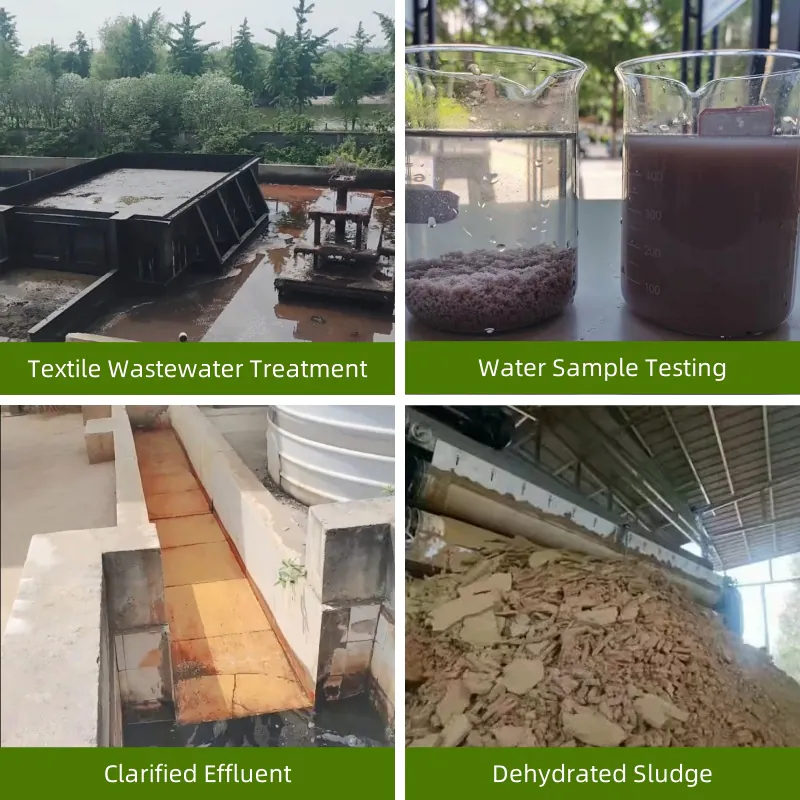
Is PAC a coagulant or flocculant?
PAC is a coagulant, not a flocculant. The key difference between the two is that coagulants work by destabilizing suspended particles and causing them to aggregate, while flocculants are used after coagulation to bind the aggregated particles into larger, easily removed clusters. In water treatment, PAC is used at the initial stage to coagulate suspended solids, which are then removed through sedimentation or filtration.
At optimal dosing conditions (e.g., pH 7 and a specific coagulant dose), PAC has been shown to achieve up to 98% removal of suspended solids and significantly reduce chemical oxygen demand (COD). This makes it one of the most effective coagulants in the market today.
What is PAC dosing in water treatment?
PAC dosing involves the precise addition of Polyaluminum Chloride into the water treatment system to optimize coagulation and improve removal efficiency. This can be done manually or using dosing pumps that inject PAC into water at controlled rates. The amount of PAC needed depends on the water quality, pH level, and type of contaminants present. By adjusting the dosing levels, treatment operators can enhance coagulation and improve the overall performance of the system. Effective PAC dosing ensures the removal of suspended solids, turbidity, and organic compounds from water, which is crucial for meeting water quality standards.
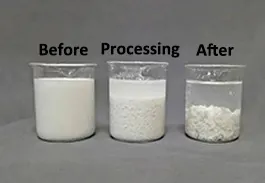
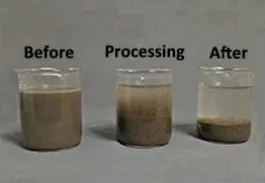
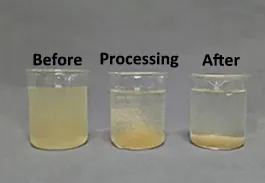
How does PAC interact with water in the treatment process?
When PAC is introduced into water, it reacts with dissolved organic matter and suspended particles. The positive charge on the aluminum ions in PAC neutralizes the negative charge of contaminants, causing them to clump together and form larger particles (flocs). These flocs can then be easily removed from the water through sedimentation or filtration. This process is highly effective in improving water clarity and ensuring the removal of a wide range of contaminants, including turbidity, color, odors, and heavy metals.
What are the benefits of using PAC in water treatment?
The use of PAC in water treatment offers several key benefits:
- High Coagulation Efficiency: PAC is more efficient than many other coagulants, requiring lower doses to achieve the same level of contaminant removal.
- Wide pH Range: PAC can be used effectively across a broad range of pH values, making it versatile for various water qualities.
- Temperature Tolerance: It works effectively at both low and high temperatures, making it ideal for a variety of climates and treatment systems.
- Improved Water Quality: PAC helps remove suspended solids, turbidity, and organic matter, significantly improving water quality.
- Cost-Effectiveness: PAC’s high efficiency reduces the need for large quantities of chemical treatment, offering significant cost savings over time.
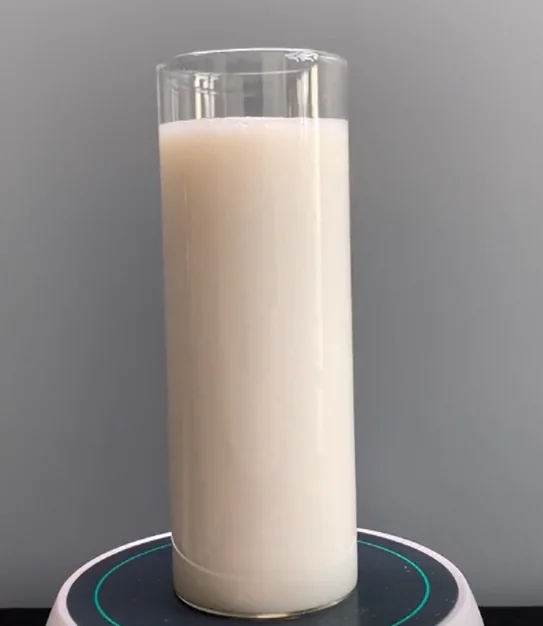
What are the differences between PAC and PAM in water treatment?
PAC (Polyaluminum Chloride) and PAM (Polyacrylamide) are both important chemicals in the water treatment industry, but they serve different functions. PAC is an inorganic coagulant, while PAM is an organic polymer used primarily as a flocculant. PAC works by destabilizing particles and aggregating them, while PAM helps bind the aggregated particles into larger, heavier clusters that settle more quickly.
While both chemicals are used in water treatment, PAC is primarily used for coagulation, while PAM is often employed in flocculation after coagulation. The two chemicals can also be used together in some treatment processes to maximize the removal of contaminants.
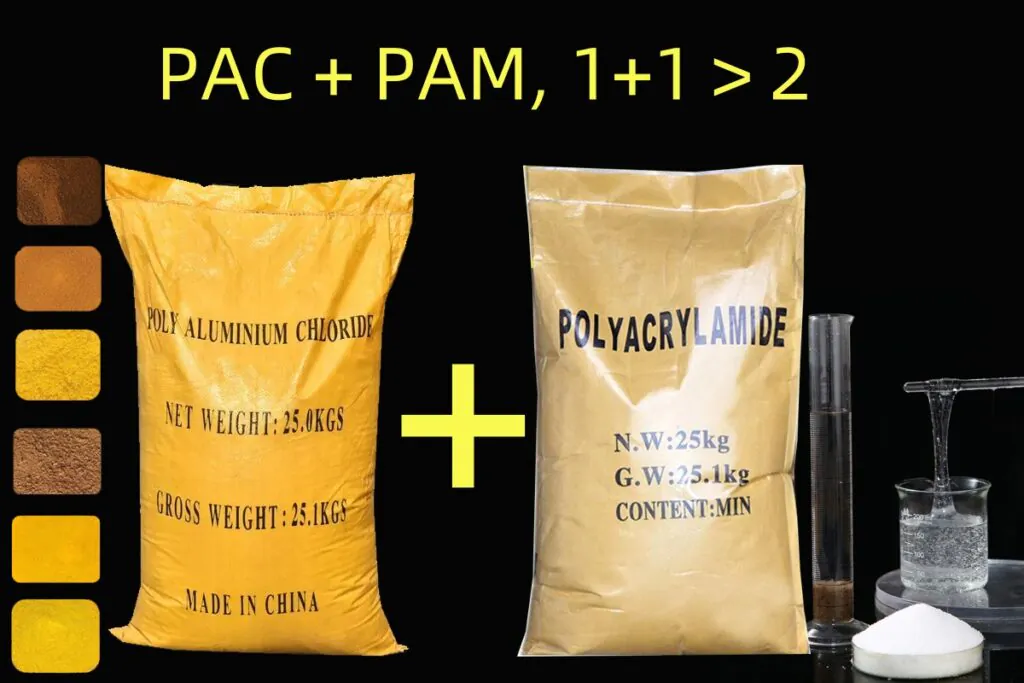
Conclusion
Polyaluminum Chloride (PAC) is a critical chemical in modern water treatment systems. Its ability to efficiently remove contaminants, its wide range of applications, and its cost-effectiveness make it a top choice for both potable and wastewater treatment. By understanding the role of PAC, how to dose it, and its various benefits, operators can optimize their water treatment processes and improve water quality. Whether used alone or in combination with other chemicals, PAC remains an essential tool in the fight for cleaner, safer water.
